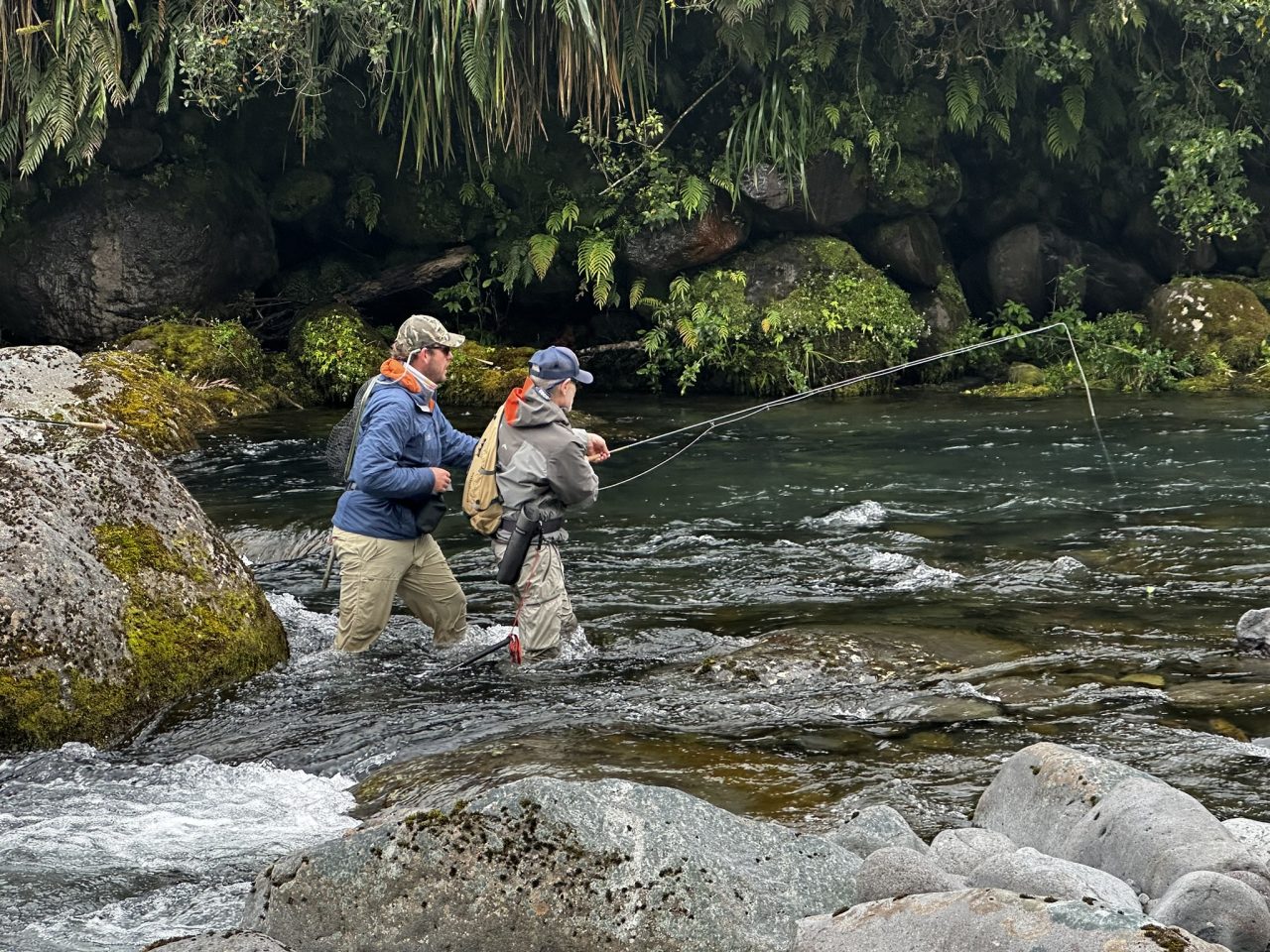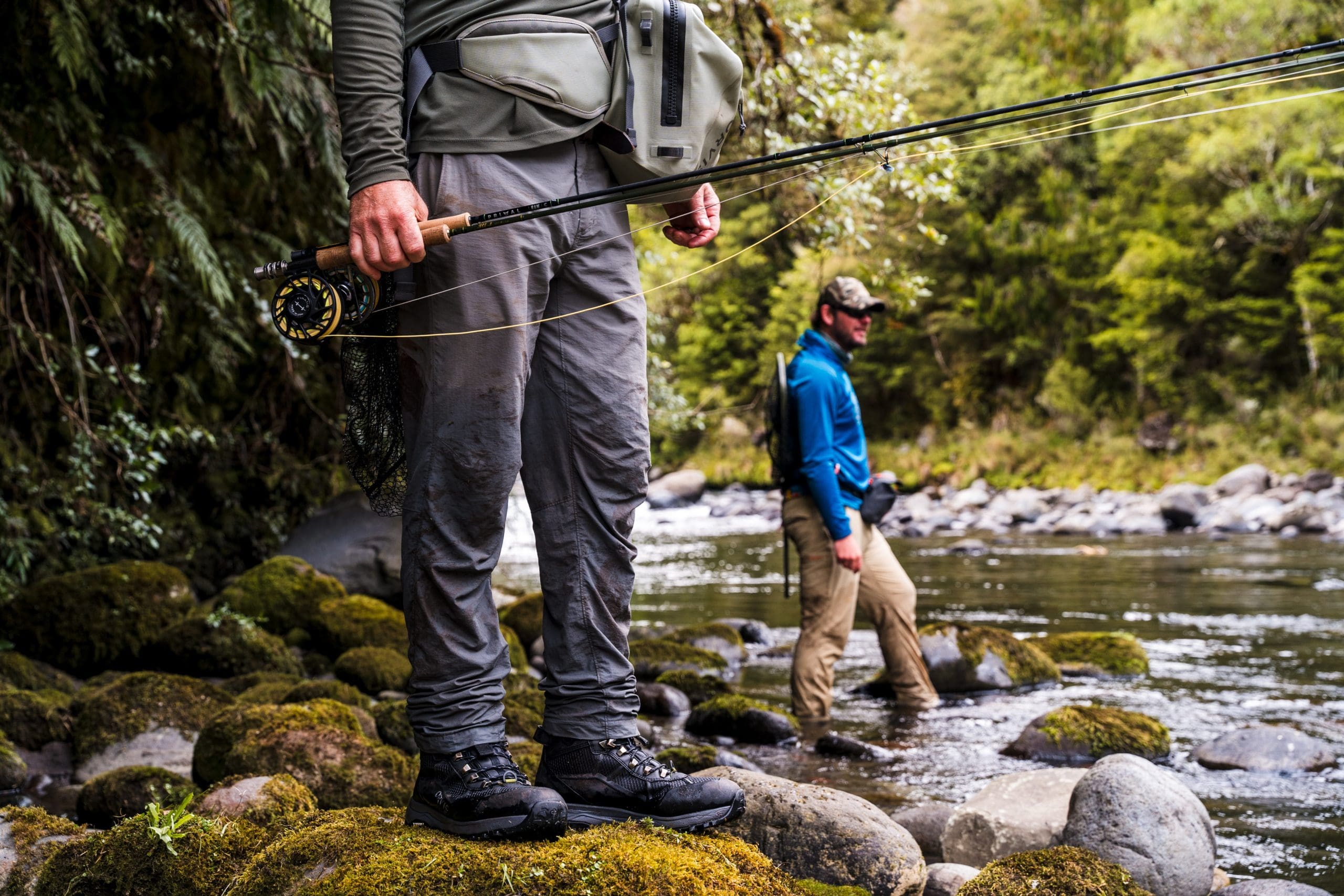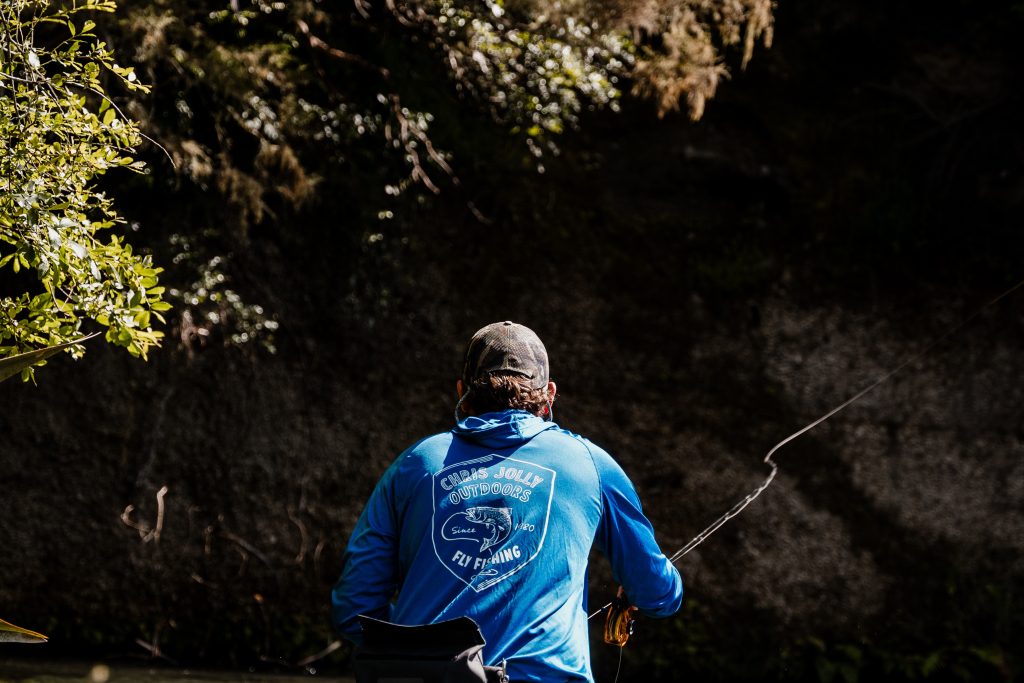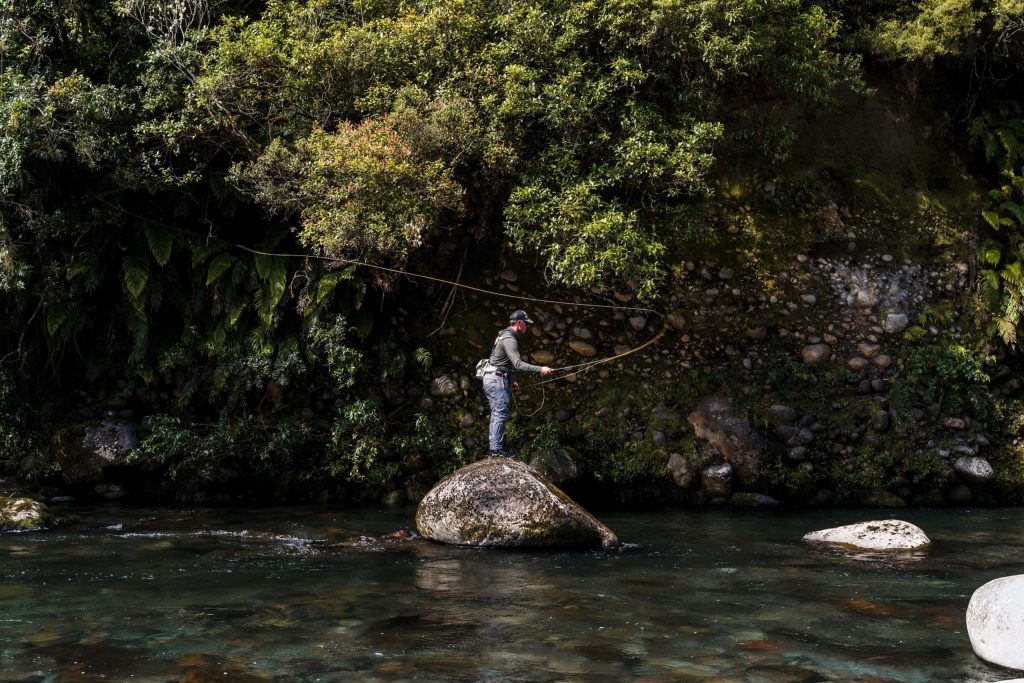Fly fishing is an art form that combines the tranquility of nature with the precision and skill of angling. For those who have mastered the basic techniques and seek to push their boundaries, exploring specialized techniques can offer a new level of excitement and challenge. In this detailed guide, we delve into some of the most advanced fly fishing methods: Spey casting, wet fly fishing, and mousing. Each technique requires a deep understanding of the gear, environment, and fish behavior, making them ideal for seasoned anglers looking to refine their craft.
Spey Casting and Two-Handed Rods: Originating from the storied rivers of Scotland, Spey casting has evolved into a sophisticated method for covering vast distances with minimal effort. This technique utilizes long, two-handed rods and is perfect for fishing in large rivers with limited backcasting space. Whether you are targeting Atlantic salmon or steelhead, mastering the various Spey casts can significantly enhance your fishing repertoire.
Wet Fly Fishing: One of the oldest forms of fly fishing, wet fly fishing involves swinging flies through the water column to mimic emerging or drowned insects. This method, with its rich history and modern adaptations, offers a graceful yet effective way to present flies. By understanding the nuances of wet fly rigs, presentations, and mending techniques, anglers can unlock a new dimension of their fly fishing experience.
Mousing: For the thrill-seekers, mousing is an exhilarating technique that targets nocturnal feeders with large, buoyant fly patterns that imitate small mammals skittering across the surface. This method is particularly effective for enticing big brown trout and bass during low-light conditions. With the right equipment and retrieval techniques, mousing can lead to heart-pounding strikes and unforgettable fishing moments.
In this comprehensive exploration, we aim to equip advanced fly anglers with the knowledge and skills to master these specialized techniques. Each section is packed with technical details and expert tips to help you elevate your fly fishing game. So, whether you’re casting on the majestic rivers of New Zealand or your favorite local waters, these advanced techniques will prepare you for a truly world-class fly fishing adventure.
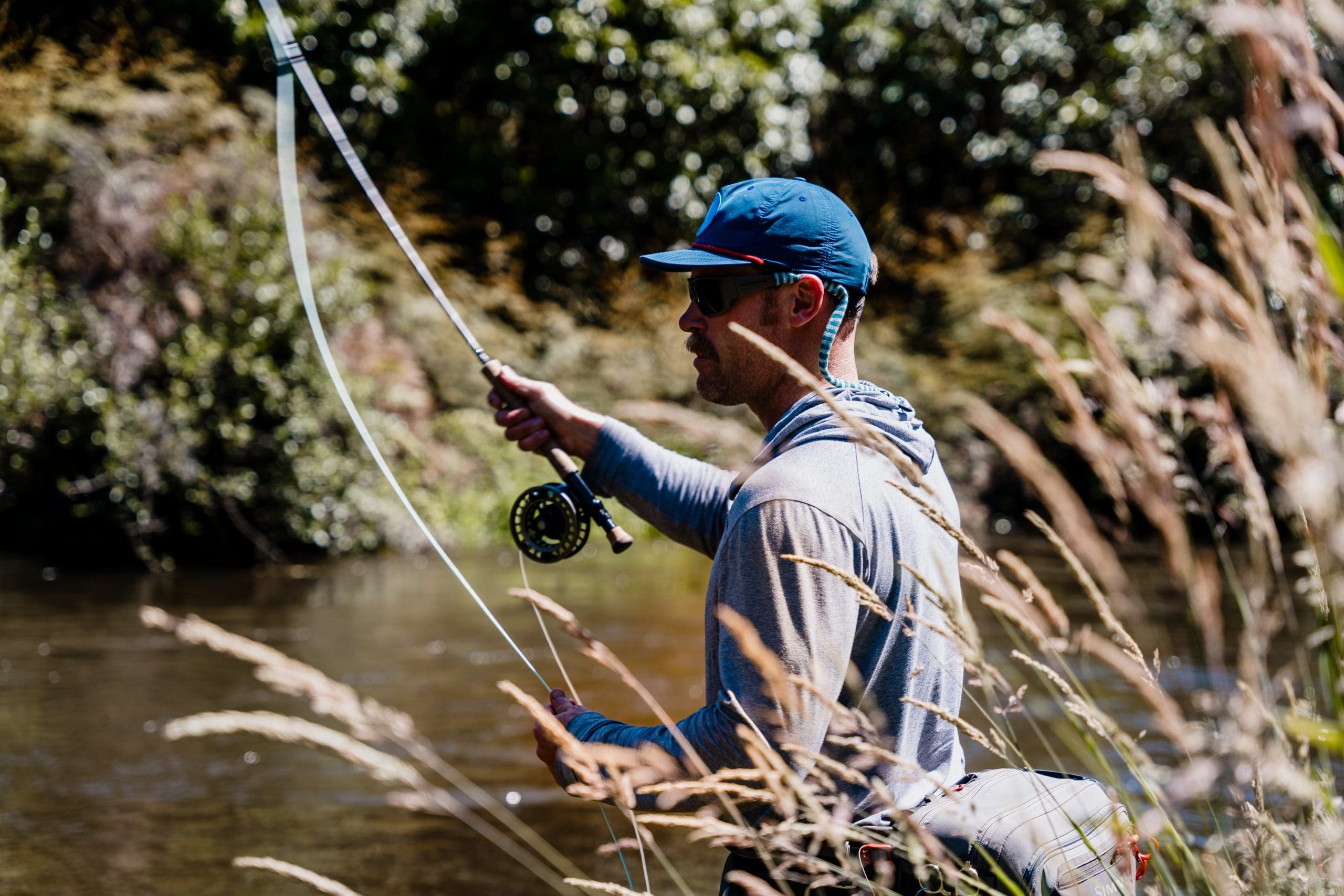
Spey Casting and Two-Handed Rods
Overview of Spey Casting: Origins and Modern Applications Spey casting originated on the River Spey in Scotland during the mid-19th century, devised by anglers who needed to cast large distances with limited backcasting room due to dense vegetation and steep banks. This technique uses long, two-handed rods, enabling the caster to achieve significant distances and control without needing extensive backcasting space. Modern Spey casting has diversified into several styles: traditional Spey, Scandinavian (Scandi), and Skagit, each tailored to specific conditions and fishing preferences. Traditional Spey employs longer lines for smooth, graceful casts, while Scandi systems use shorter, lighter heads for delicate presentations. Skagit casting, developed in the Pacific Northwest, utilizes heavy heads and sink tips to cast large flies and sink deep quickly, ideal for steelhead and salmon in swift, deep waters.
Equipment and Technique Specifics for Effective Spey Casting To excel in Spey casting, understanding the nuances of the equipment is vital. Spey rods typically range from 12 to 15 feet in length, offering the leverage needed for powerful casts and efficient line control. Rod action can vary from moderate to fast, with fast-action rods providing quicker line speed and tighter loops, while moderate-action rods offer smoother, more forgiving casts.
Reels should balance the rod and provide sufficient backing capacity, especially for targeting large, powerful fish. Modern Spey reels often feature robust drag systems to handle long runs.
Spey lines are crucial, with different head lengths and weights tailored to specific techniques. Traditional long-belly lines are ideal for classic Spey casts, while shorter Scandi and Skagit heads are suited for more compact, powerful casts. Skagit systems often use interchangeable sink tips, allowing anglers to adapt to varying depths and currents.
Casting techniques in Spey involve fluid, continuous motions that load the rod efficiently. The foundation lies in forming a D-loop, which stores energy for the forward cast. Key Spey casts include:
- Single Spey: Ideal for casting with a downstream wind.
- Double Spey: Suitable for upstream wind or when extra power is needed.
- Snap T and Circle Spey: Effective for quickly repositioning the line and creating dynamic D-loops.
Each cast requires precise timing and smooth transitions, demanding practice and a keen understanding of water dynamics and line tension.
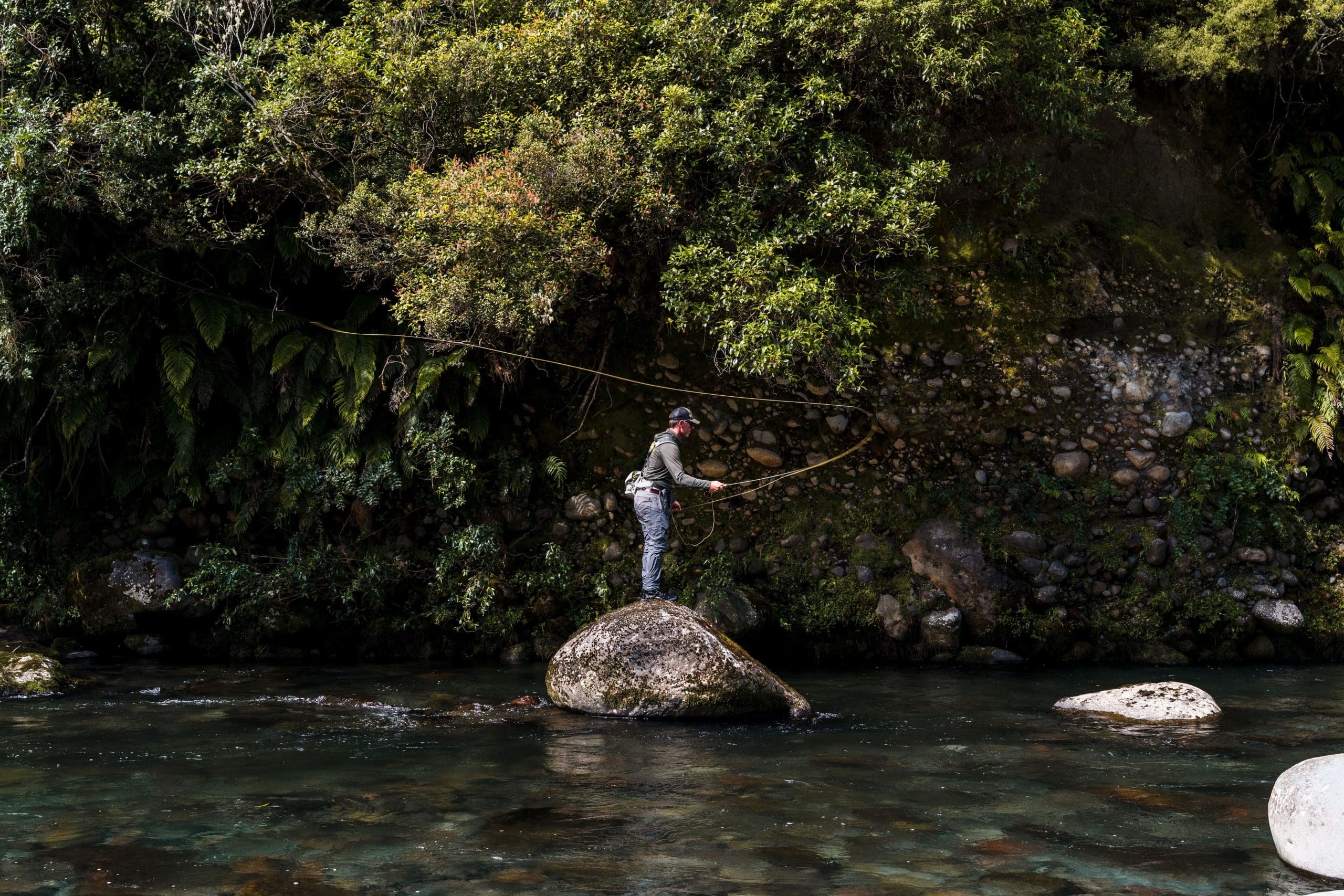
Wet Fly Fishing
Explanation and Technique for Wet Fly Fishing: Swinging Wets Through the Water Column Wet fly fishing involves presenting subsurface flies that mimic aquatic insects in their emergent or drowned state. This technique focuses on swinging wet flies across the current, creating a natural, enticing movement that predatory fish find irresistible.
Historical Context and Modern Adaptations Wet fly fishing has ancient roots, with evidence dating back to early European and Asian angling practices. It gained prominence in the 19th and early 20th centuries, particularly in the UK and North America, where anglers refined patterns and techniques. Modern adaptations have introduced advanced materials and more lifelike patterns, while maintaining the core principles of the swing.
Technique Specifics Effective wet fly fishing requires a nuanced approach to setup and presentation. The leader setup typically involves shorter lengths (6-9 feet) to ensure the flies stay at the desired depth. Anglers often use a tandem rig, with two or three flies spaced 18-24 inches apart, allowing them to cover multiple depths and imitate a small school of insects.
Casting across and slightly downstream, anglers should mend the line upstream immediately after the cast to allow the flies to sink and drift naturally. As the flies swing through the water column, the angler can control the speed and depth by adjusting mends and varying the rod angle. A key to success is maintaining a tight line throughout the swing, enabling quick, responsive hook sets.
Advanced techniques include:
- The Leisenring Lift: Slowly raising the rod tip at the end of the swing to simulate an emerging insect, often triggering strikes from trailing fish.
- Down-and-Across Presentation: Casting at a sharper angle downstream to cover broader sections of water.
- Multiple Mends: Adding controlled upstream mends during the swing to adjust the fly’s speed and depth.
Mousing
Technique for Using Mouse Patterns to Target Nocturnal Feeders Mousing is a thrilling fly fishing method involving large, buoyant fly patterns designed to imitate small mammals, such as mice, skittering across the water’s surface. This technique targets aggressive, nocturnal feeders like big brown trout, bass, and even some salmonids.
Equipment and Conditions Best Suited for Mousing Effective mousing requires robust equipment capable of handling the substantial resistance and splashy retrieves. A rod in the 6-8 weight range, with a fast action, is ideal for casting large, wind-resistant mouse patterns. A floating line with a short, stout leader (4-6 feet) helps in accurate casting and maintaining control over the fly’s movement.
Ideal conditions for mousing are during low-light periods—dusk, dawn, or nighttime—when predatory fish are more likely to venture into shallower waters to hunt. Quiet, overcast nights with minimal moonlight tend to be the most productive.
The technique involves casting the mouse pattern close to the bank, under overhanging branches, or near structure where mice are likely to fall into the water. The retrieve is crucial: use short, sharp strips to mimic the erratic movement of a swimming rodent. Creating a wake on the surface is essential, as it attracts predatory fish. Strikes can be explosive and aggressive, requiring a solid hook set and quick reaction.
Advanced tips include:
- Pausing the Retrieve: Occasionally pausing the strip to mimic a struggling mouse can trigger strikes from hesitant fish.
- Variable Strip Speed: Mixing up the retrieve speed to imitate different stages of a mouse’s swim.
- Silent Approach: Moving stealthily along the bank to avoid spooking nocturnal feeders, as they can be particularly wary in quiet, still water.

Mastering the specialized techniques of fly fishing—Spey casting, wet fly fishing, and mousing—can transform your angling experience, allowing you to tackle a variety of fishing scenarios with confidence and precision. These advanced methods not only broaden your skill set but also deepen your connection with the water and its inhabitants.
Spey casting with two-handed rods offers unparalleled efficiency and distance, making it a favorite for large rivers and challenging conditions. Wet fly fishing, with its rich history and modern adaptations, provides a graceful approach to presenting flies beneath the surface. Mousing, on the other hand, brings the thrill of nocturnal fishing, targeting aggressive feeders with lifelike rodent patterns.
For those eager to perfect these techniques, there’s no better way than to learn from the best. At Chris Jolly Outdoors, our Orvis-endorsed guides are ready to share their extensive knowledge and hands-on experience. Whether you’re planning a trip to Taupo, New Zealand, or seeking to refine your skills closer to home, our expert guides will help you master these advanced fly fishing techniques.
Take your fly fishing to the next level with Chris Jolly Outdoors. Book a session with our Orvis-endorsed guides today and experience the pinnacle of fly fishing expertise.
Ready for Adventure?
Whether you’re an experienced angler or looking to hone your skills, our expert guides and world-class equipment ensure an unforgettable experience.


